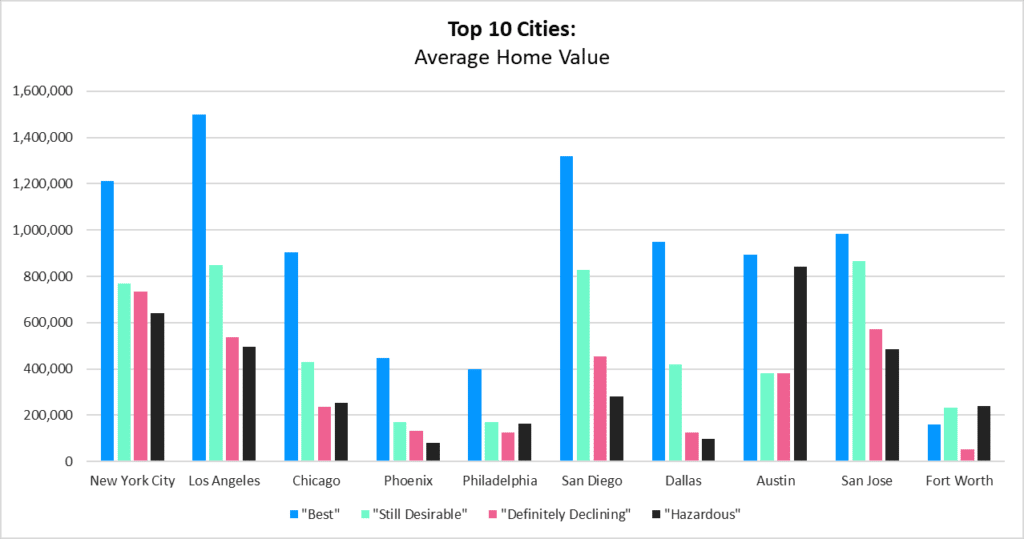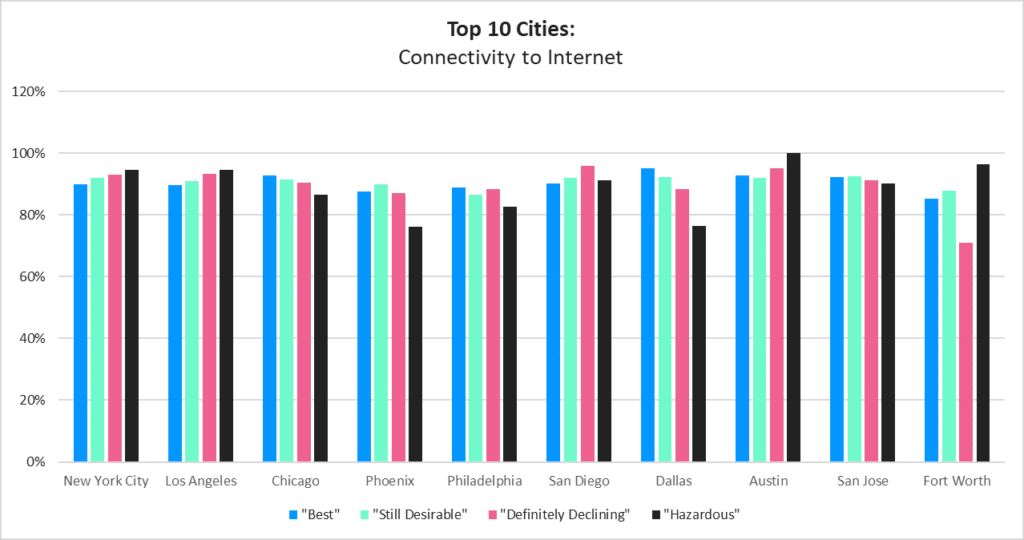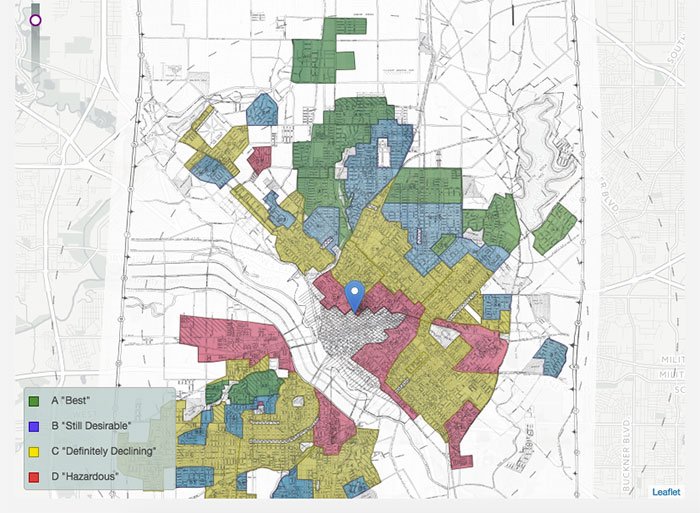1. Redlining made it difficult or impossible for African Americans to get financing to buy homes, severely constraining their ability to create personal wealth
2. By marginalizing entire groups of people, redlining created problems—from health issues to underfunded schools—that remain unresolved today
3. LightBox data reveals lower home prices in formerly redlined zones in the ten largest U.S. cities, a sign of the continuing effects of the practice
With Juneteenth—a federal holiday on June 19 commemorating the emancipation of enslaved African Americans, sometimes referred to as America’s second Independence Day—Americans have the opportunity to pause for a moment, acknowledge the past, and take stock of the issues and challenges that have long shaped the experiences of people of color.
Among the most infamous of these was “redlining,” a practice that began in the New Deal era after Congress created the Home Owners Loan Corporation and began training home appraisers. The agency created a neighborhood ranking system in which neighborhoods were graded from A to D, each with a different color code—green for A, blue for B, yellow for C, and red for D. Areas receiving the lowest D ranking were said to be populated by “undesirable” ethnic groups such as Jewish, Asian, Mexican, and Black families. These neighborhoods were more likely to be in or near industrial zones and to consist of older housing stock. Many banks refused to issue mortgages to people seeking to buy homes in D zones. This redlining made it difficult or impossible for Blacks to own houses, robbing them of a common way to build generational wealth.
LightBox Data Highlights the Connection Between Redlining, Lack of Internet Access, and Home Values
The HOLC’s neighborhood classification system became illegal after the passage of the Fair Housing Act of 1968, but the damage had been done. Many of the effects of disinvestment resulting from redlining are still observable today. LightBox data shines a light on them, allowing policymakers, academics, and other interested parties to better understand how past inequities continue to resonate and what they can do to resolve the problems.
The charts below indicate home prices and Internet connectivity in the 10 largest American cities by population.

Home prices in redlined areas in all but one—Fort Worth, Texas—are lower, sometimes by a large margin, than those in areas given an A designation by the HOLC.

Redlined neighborhoods also tend to have lower levels of Internet connectivity, affecting e-learning and education, telehealth and healthcare, access to fresh foods, and other aspects of daily life that require fast Internet connections in the modern age. This data, though incomplete, points to the long-lasting effects of using race as a proxy for peoples’ financial standing, thwarting their ability to fully participate in the U.S. economy. Fast-growing states such as Texas, which is experiencing a surge in population among minority groups, may slowly be erasing the legacy of redlining, though the picture remains incomplete.
Further research will shed more light on the issue. As we celebrate Juneteenth, we urge policymakers, the business community, academics, and others to use the kind of data LightBox provides to gain a deeper understanding of the challenges redlining has created in order to promote education and create substantive change as the U.S. strives for equity. Please contact LightBox to learn more.

